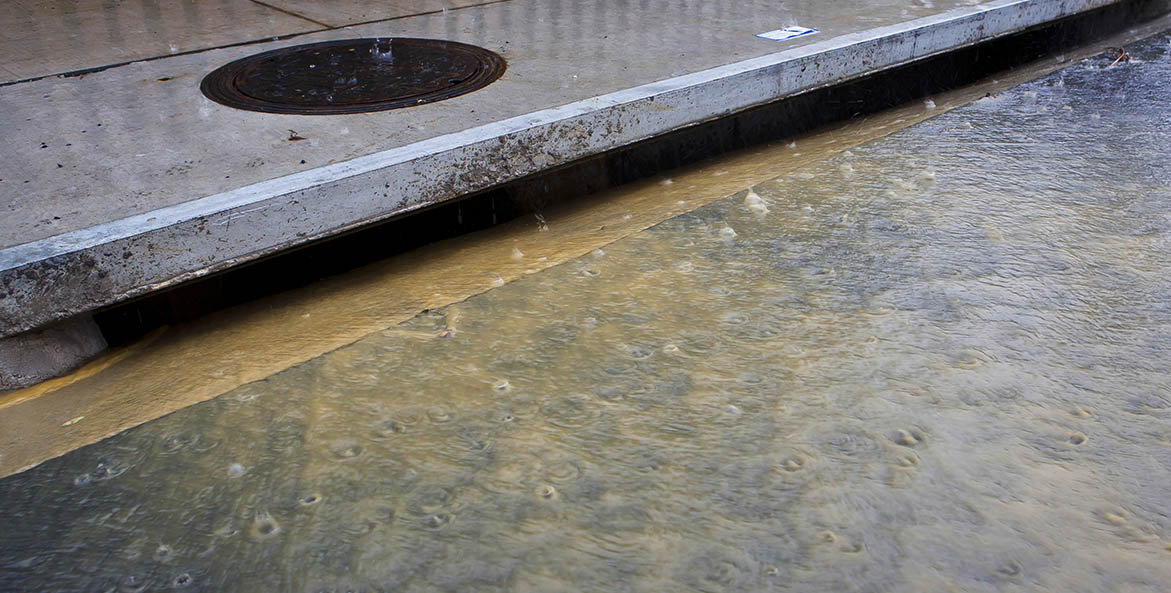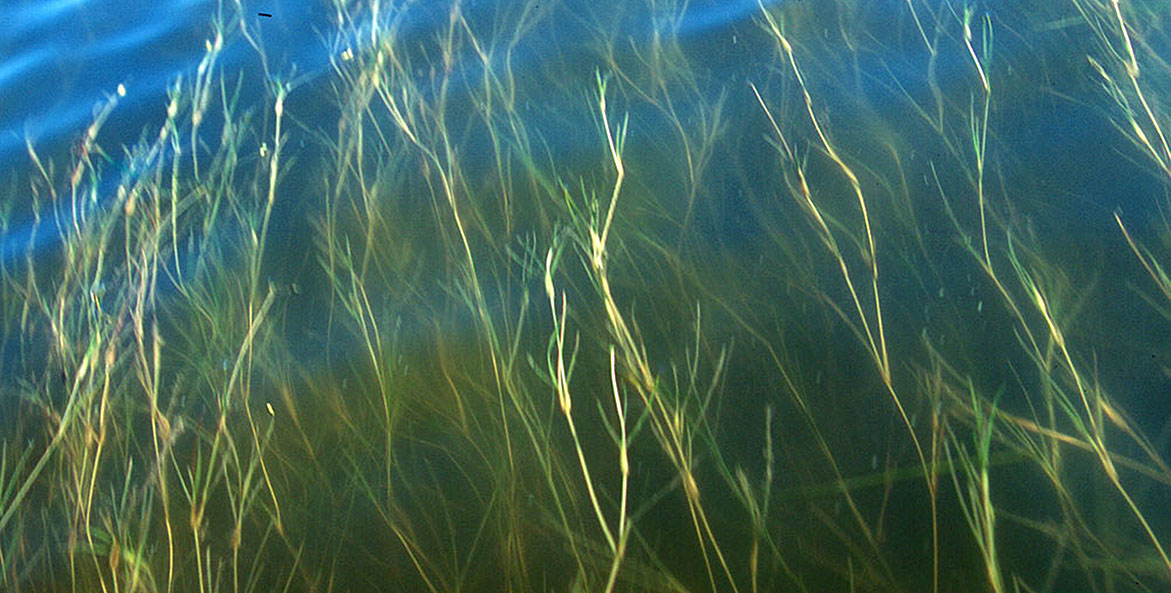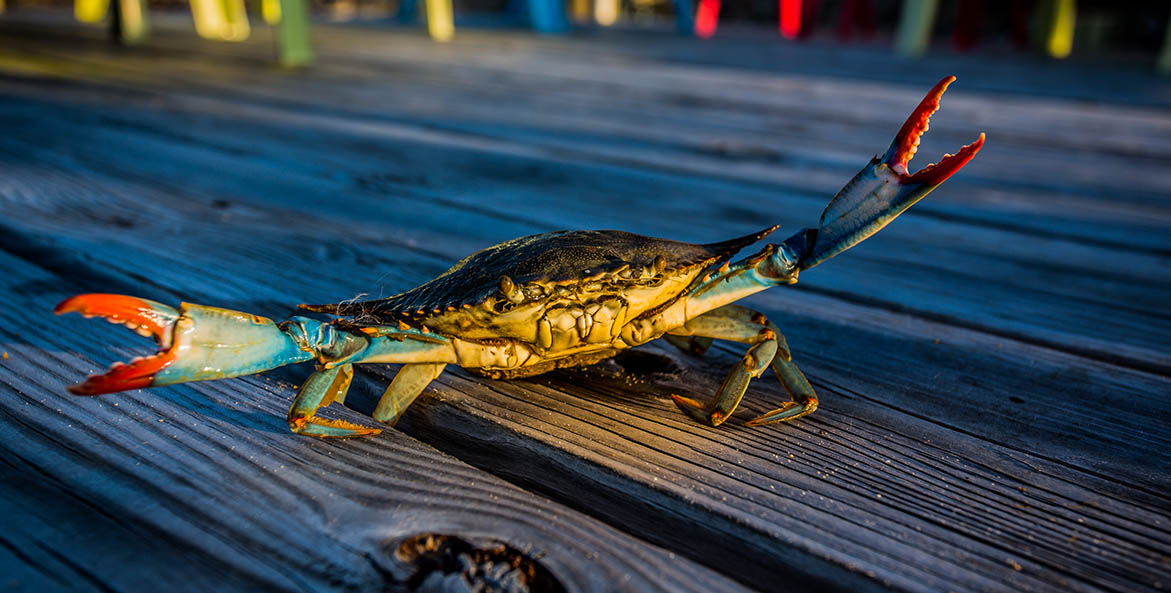Overall Score: 32 D+
(unchanged from 2020)
The Bay in a Changing World
The Chesapeake Bay watershed weaves together rivers, streams, and communities across 64,000 square miles. More than 18 million of us, along with 3,600 species of plants and animals, call it home. Our biennial State of the Bay report shows there is still a long way to go to create a watershed that works for all of us.
In 2022, the State of the Bay score remained unchanged at 32, a D+. Of the 13 indicators assessed, three improved and three declined. A big gain for oysters was tempered by a worrying drop for blue crabs, while pollution and habitat indicators showed only modest change.
These mixed results reflect the struggle between restoration efforts and powerful forces that are reshaping the watershed.
Far too much pollution still reaches our waterways. As our State of the Blueprint report outlined in October of 2022, states are not on track to reduce pollution fast enough to improve and sustain water quality over the long term. Further progress requires meaningfully addressing agricultural pollution, especially in Pennsylvania, and growing pollution from urban and suburban development.
At the same time, the job is getting harder the longer we wait. The fingerprints of climate change are undeniable in this year's report. In just one example, sea level rise threatens almost 250,000 acres of tidal wetlands and coastal lands across the region.
The Bay's remarkable resilience is a sign that restoration efforts, for now, are holding the line. If we follow the science, commit to work together, and keep every partner in Bay restoration accountable, we can still leave a healthy watershed for the next generation.
Download the Full Report About the Report Press Release
Krista Schlyer/iLCP
Pollution
In 2022, the amount of nitrogen and phosphorus pollution and the size of the Bay's low-oxygen dead zone were both below average, in part due to state and federal efforts to reduce pollution under the Chesapeake Clean Water Blueprint. Overall, though, far too much pollution still reaches waterways, and states are behind in their commitments to reduce it. Climate change also continues to threaten progress.
- Much of the nitrogen and phosphorus pollution comes from runoff—rain and snow that washes the pollutants from farmland and developed areas in cities and towns. States are relying on agriculture to make roughly 90 percent of the remaining pollution reductions needed to achieve their Blueprint commitments.
- Scientists predicted a smaller-than-average dead zone in 2022 due to below-average spring runoff. While the dead zone was indeed smaller than the historical average for the third consecutive year, its size was not substantially different than in 2020.
- Average water clarity decreased slightly. Over the long term, three decades of data show improvement in water clarity due to pollution reductions from watershed restoration efforts. But climate change threatens this positive trend by washing more pollution into the Bay through increased storm intensity and frequency.
- Recent data indicate that industrial sources released more than 3 million pounds of toxic chemicals into waterways in the Chesapeake region in 2020, an amount similar to previous years.
2022 Pollution Indicator Scores

Jessica Earle
Habitat
Forests, wetlands, and underwater grasses provide food and shelter to wildlife and serve as natural filters that reduce pollution. In communities, they slow flood waters, produce oxygen, and provide green spaces. But efforts to restore wetlands and plant forest buffers along waterways are languishing while climate change continues to threaten the watershed's critical habitats.
- Forest buffer implementation—critical to filtering nutrient and sediment pollution, as well as mitigating climate change—remains far off track from the goals established in the 2014 Chesapeake Bay Watershed Agreement and state pollution-reduction plans. Efforts like the Pennsylvania Keystone 10 Million Trees Partnership, Virginia's James River Buffer program, and the Tree Solutions Now Act of 2021 in Maryland are working to change that.
- Data show only 11 percent of the Bay Agreement goal to restore wetlands on farmland has been achieved. Sea level rise threatens almost 250,000 acres of tidal wetlands and coastal lands across the region. Further, court cases challenging wetland protections under the federal Clean Water Act are not yet resolved.
- The annual Virginia Institute of Marine Science survey showed a slight improvement in underwater grass abundance in 2021, but the recovery from low acreage recorded in 2019 has been slow. Meanwhile, increasingly frequent and intense storms wash more pollutants and sediment into the water, compromising water clarity and grass health.
- Approximately 95,000 acres of farms and forests were converted to development across the Bay watershed during the most recent reporting period, from 2013/14 to 2017/18.
2022 Habitat Indicator Scores

Brian Brown
Fisheries
Overfishing, pollution, and habitat loss have reduced many of the Bay region's fish and shellfish populations from their historic levels, but fisheries continue to support thousands of jobs and generate billions of dollars each year. The past few years have been a tumultuous time for key species.
- After dropping precipitously in 2020, the rockfish (striped bass) population is slowly improving following new management actions.
- For oysters, record reproduction in both 2020 and 2021 provided the species a boost even as the availability of reef habitat remains a concern.
- In 2021, the total number of blue crabs reached the lowest level on record and marked a third consecutive year of below-average numbers of juvenile crabs.
- Shad once supported the largest and most valuable fishery in the Chesapeake Bay. Despite a moratorium on shad fishing since the 1980s, populations have failed to rebound significantly.
- In all cases, science-based management remains critical for rebuilding and sustaining populations, as well as efforts to reduce pollution and improve habitat—a growing challenge amid climate change.



